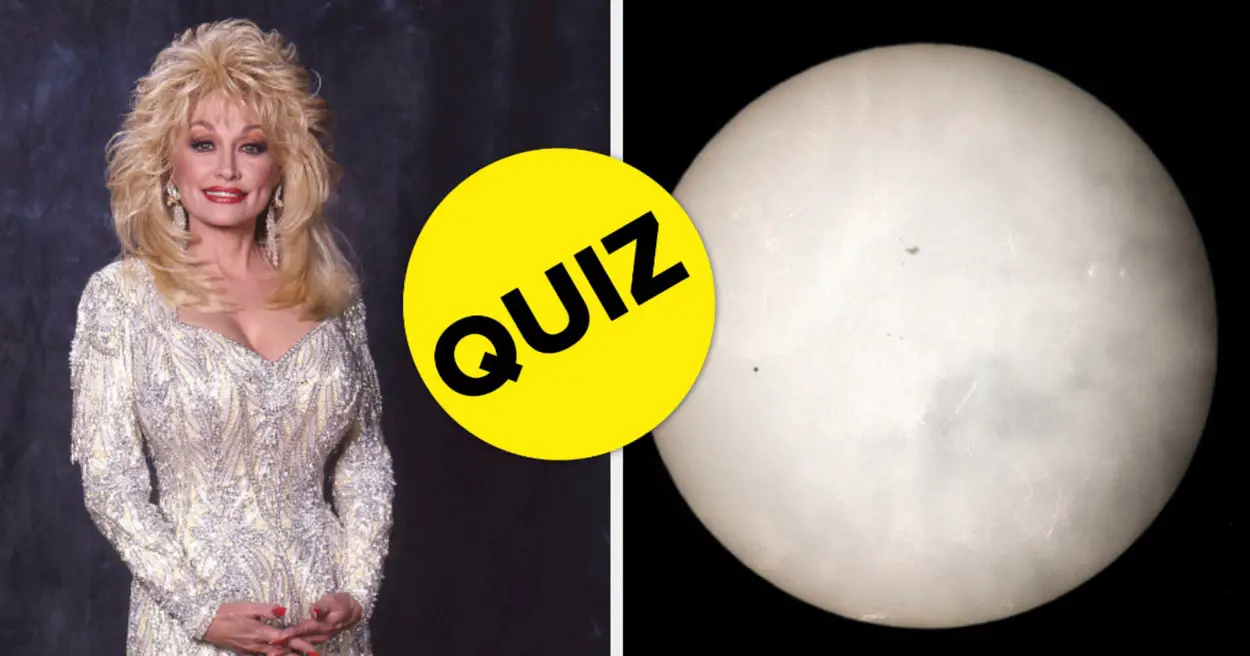China is planning to deploy a constellation of satellites in orbit around the moon to create a radio telescope that would enable the study of radio waves longer than 33 feet, providing insights into the “Dark Ages” of the universe. Space.com reports: The array would consist of one “mother” satellite and eight mini “daughter” craft. The mother would process data and communicate with Earth, and the daughters would detect radio signals from the farthest reaches of the cosmos, Xuelei Chen, an astronomer at the China National Space Administration (CNSA), said at the Astronomy From the Moon conference held earlier this year in London. Putting such an array in orbit around the moon would be technically more feasible than building a telescope directly on the lunar surface, a venture that NASA and other space agencies are currently considering as one of the next big steps in astronomy.
“There are a number of advantages in doing this in orbit instead of on the surface because it’s engineeringly much simpler,” Chen said during the conference. “There is no need for landing and a deployment, and also because the lunar orbital period is two hours, we can use solar power, which is much simpler than doing it on the lunar surface, which, if you want to observe during the lunar night, then you have to provide the energy for almost 14 days.” He added that this proposed “Discovering Sky at the Longest Wavelength,” or Hongmeng Project, could orbit the moon as early as 2026.
A telescope on the moon, astronomers say, would allow them to finally see cosmic radiation in a part of the electromagnetic spectrum that is impossible to study from Earth’s surface: radio waves longer than 33 feet (10 meters), or, in other words, those with frequencies below 30 megahertz (MHz). “If you are looking into the low-frequency part of the electromagnetic spectrum, you’ll find that, due to strong absorption [by Earth’s atmosphere], we know very little about [the region] below 30 megahertz,” Chen said. “It’s almost a blank part of the electromagnetic spectrum. So we want to open this last electromagnetic window of the universe.”
Source link











Leave a Reply